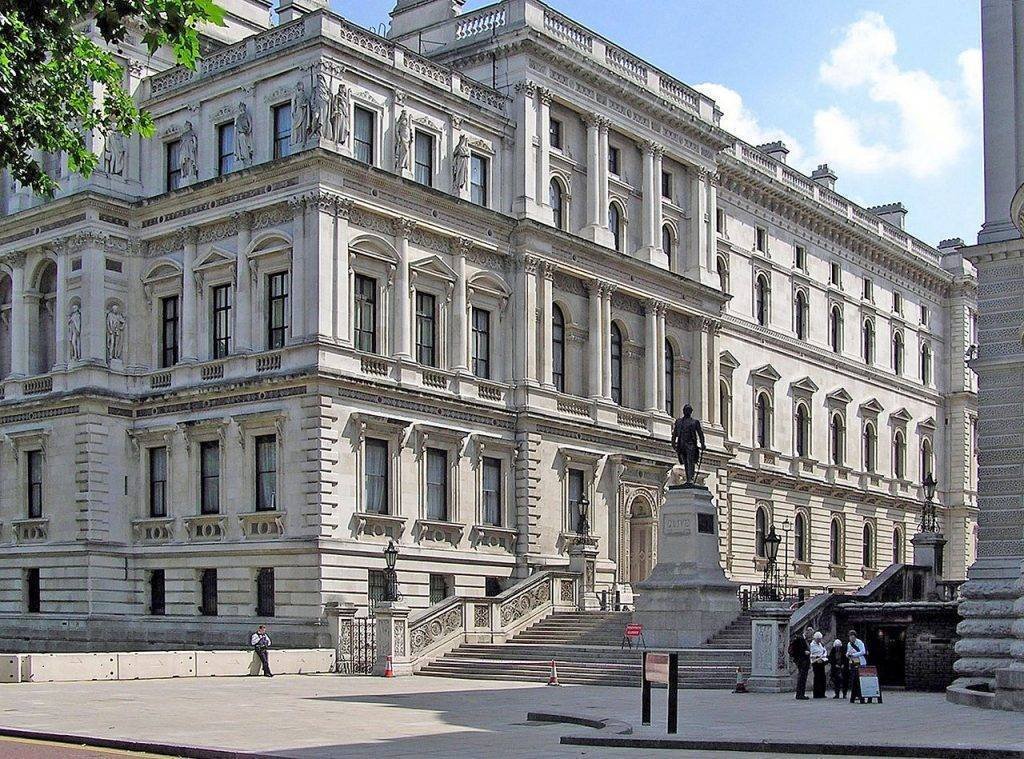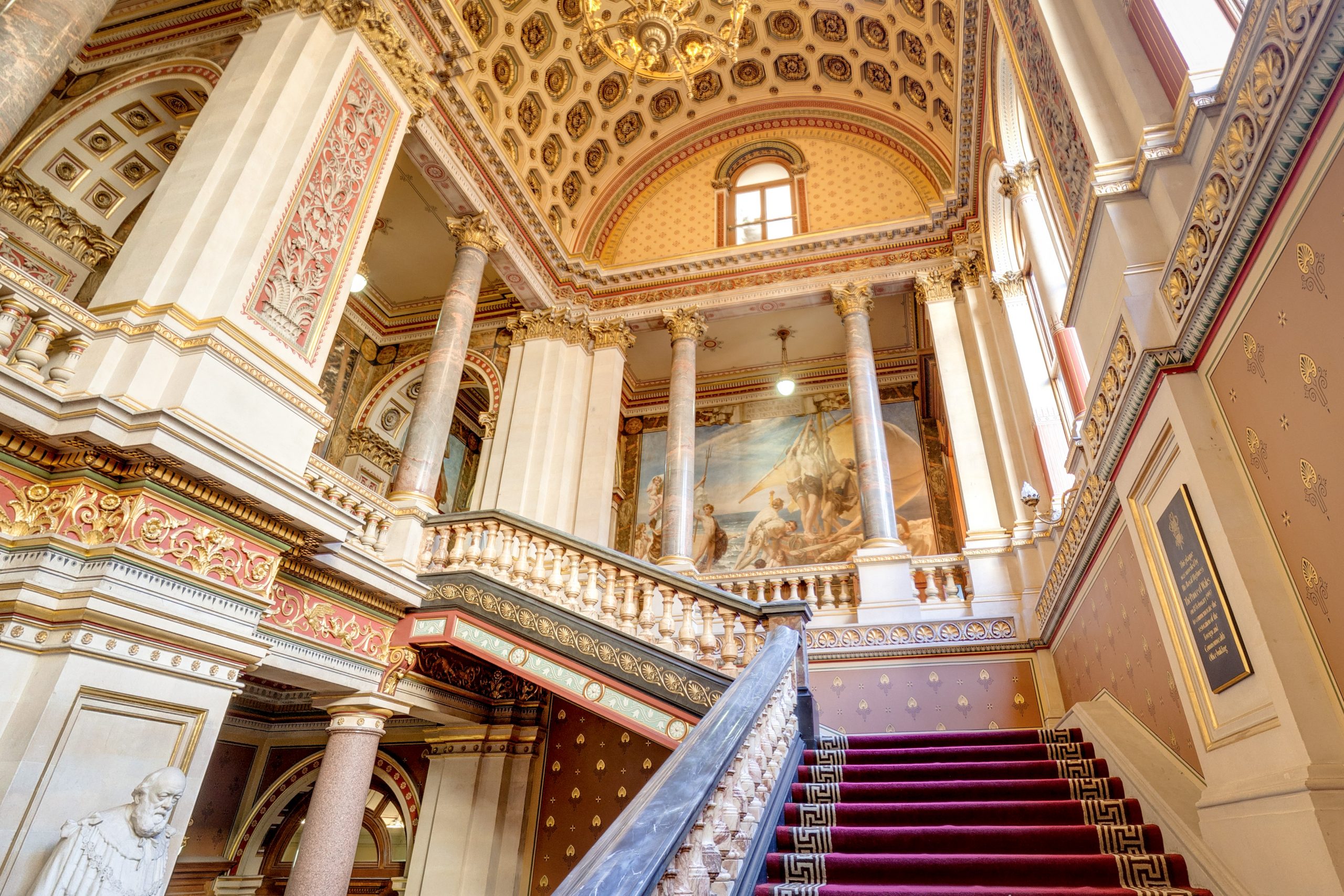Sensetech Systems are employed as the Main Contractor to replace the existing Fire Detection and Alarm System within the Grade 1 listed building. As the Main Contractor we have the additional responsibility for the following;
- Main Contractor
- Health and Safety
- Builders works
- Decorations and finishing
- Asbestos R&D surveys
- Controlled drilling
- Architectural planning
- Replacement of specialist tilling and floor coverings
- Replacement of door closures on Architectural doors
Sensetech are installing a Large Networked Fire and Voice Alarm System with over 2000 devices, 25 Fire control panels and 35 Voice Alarm racks.
The Foreign and Commonwealth Office occupies a building which originally provided premises for four separate government departments: the Foreign Office, the India Office, the Colonial Office, and the Home Office. Construction on the building began in 1861 and finished in 1868, and it was designed by the architect George Gilbert Scott. Its architecture is in the Italianate style; Scott had initially envisaged a Gothic design, but Lord Palmerston, then Prime Minister, insisted on a classical style. English sculptors Henry Hugh Armstead and John Birnie Philip produced a number of allegorical figures (‘Art’, ‘Law’, ‘Commerce’, etc.) for the exterior.
In 1925 the Foreign Office played host to the signing of the Locarno Treaties, aimed at reducing tension in Europe. The ceremony took place in a suite of rooms that had been designed for banqueting, which subsequently became known as the Locarno Suite. During the Second World War, the Locarno Suite’s fine furnishings were removed or covered up, and it became home to a Foreign Office code-breaking department.
Due to increasing numbers of staff, the offices became increasingly cramped and much of the fine Victorian interior was covered over—especially after the Second World War. In the 1960s, demolition was proposed, as part of major redevelopment plan for the area drawn up by architect Sir Leslie Martin. A subsequent public outcry prevented these proposals from ever being implemented. Instead, the Foreign Office became a Grade I listed building in 1970. In 1978, the Home Office moved to a new building, easing overcrowding.
With a new sense of the building’s historical value, it underwent a 17-year, £100 million restoration process, completed in 1997. The Locarno Suite, used as offices and storage since the Second World War, was fully restored for use in international conferences. The building is now open to the public each year over Open House Weekend.
In 2014 refurbishment to accommodate all Foreign and Commonwealth Office employees into one building was started by Mace.
We provided the following systems and Manufacturers across the site;
- Advanced – Fire Control Panels
- Apollo – Detection
- Aspirating – Xtralis
- Eurofyre - Linear Heat
- Baldwin Boxall – Voice Alarm



